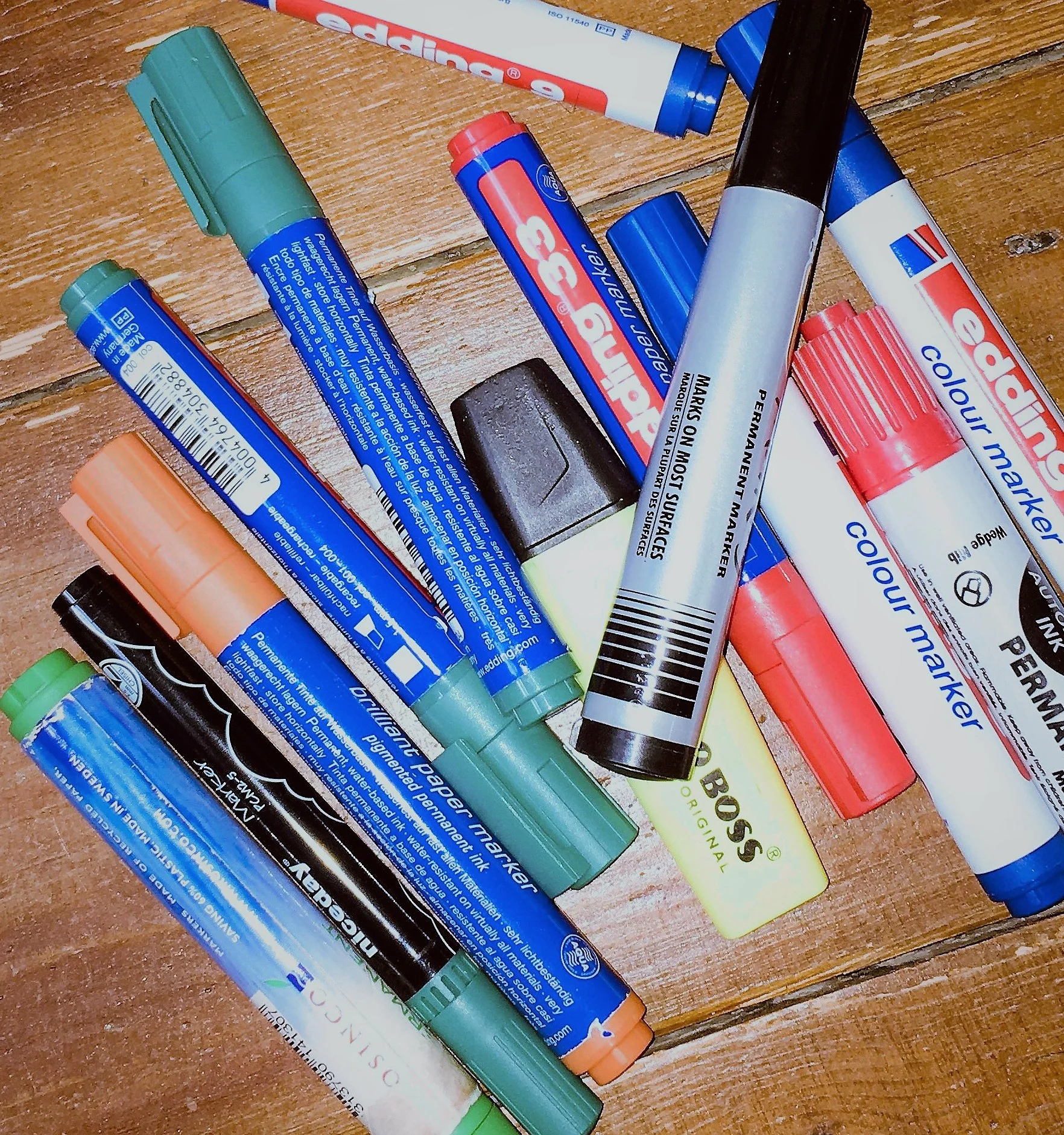A lot of projects have been completed in the last couple of weeks, so I've been encouraging clients to have debriefing conversations.
Although I always include some kind of debrief in my costings, not all clients find the time to take up this opportunity. That's such a shame! We can learn something about how to bring people together to have better conversations, every time we do it.
Structuring the debrief
I've been using a simple three question structure:
- What went well?
- What went less well?
- What would you do differently, or more of, next time?
This works in face to face debriefing, telecons and can even form a useful way of prompting a debriefing conversation that takes place in writing: in some kind of joint cyberplace, or by email.
If we haven't already had a conversation about immediate next steps, then I'll add this fourth question:
- What do we need to do next?
Referring back to the aims
Since, for me, the aims are the starting point for the design process, they should also be the starting point for the debriefing conversation. To what extent did we meet our aims? What else might the client team need to do in next weeks and months, to get closer to meeting the aims?
Evidence to draw on
It's really helpful for the team to have access to whatever the participants have fed back about how the process or event worked for them. Sometimes we use paper feedback forms in the room, sometimes an electronic survey after the event. Quantitative and qualitative reports based on this feedback can help people compare their intuitive judgements against what participants have said.
In other situations, we make time in the process for participants to have their own conversation about how things have gone. A favourite technique is to post up a flip with an evaluation question like "to what extent did we meet our aims?". The scale is drawn on, and labelled "not at all" to "completely". Participants use dots to show their response to the question, and then we discuss the result. I often also post up flips headed "what helped?" and "what got in the way?". People can write their responses directly on to the flips. This is particularly useful when a group will be meeting together again, and can take more and more responsibility for reflecting on and improving its ways of working effectively.
What's been learnt?
Some of the unexpected things to have come out of recent debriefs:
- The things that actually get done may be more important than the stated aims: one workshop only partially met its explicit aims to develop consensus on topic X, but exceeded client expectations in building better working relationships, making it easier to talk later about topic Y.
- What people write in their questionnaire responses can be quite different to the things you heard from one or two louder voices on the day.
- A debriefing conversation can be a good way of briefing a new team member.
And the obvious can be reinforced too: clarity on aims really helps, thinking about preparation and giving people time to prepare really helps, allowing and enabling participation really helps, good food really helps!




